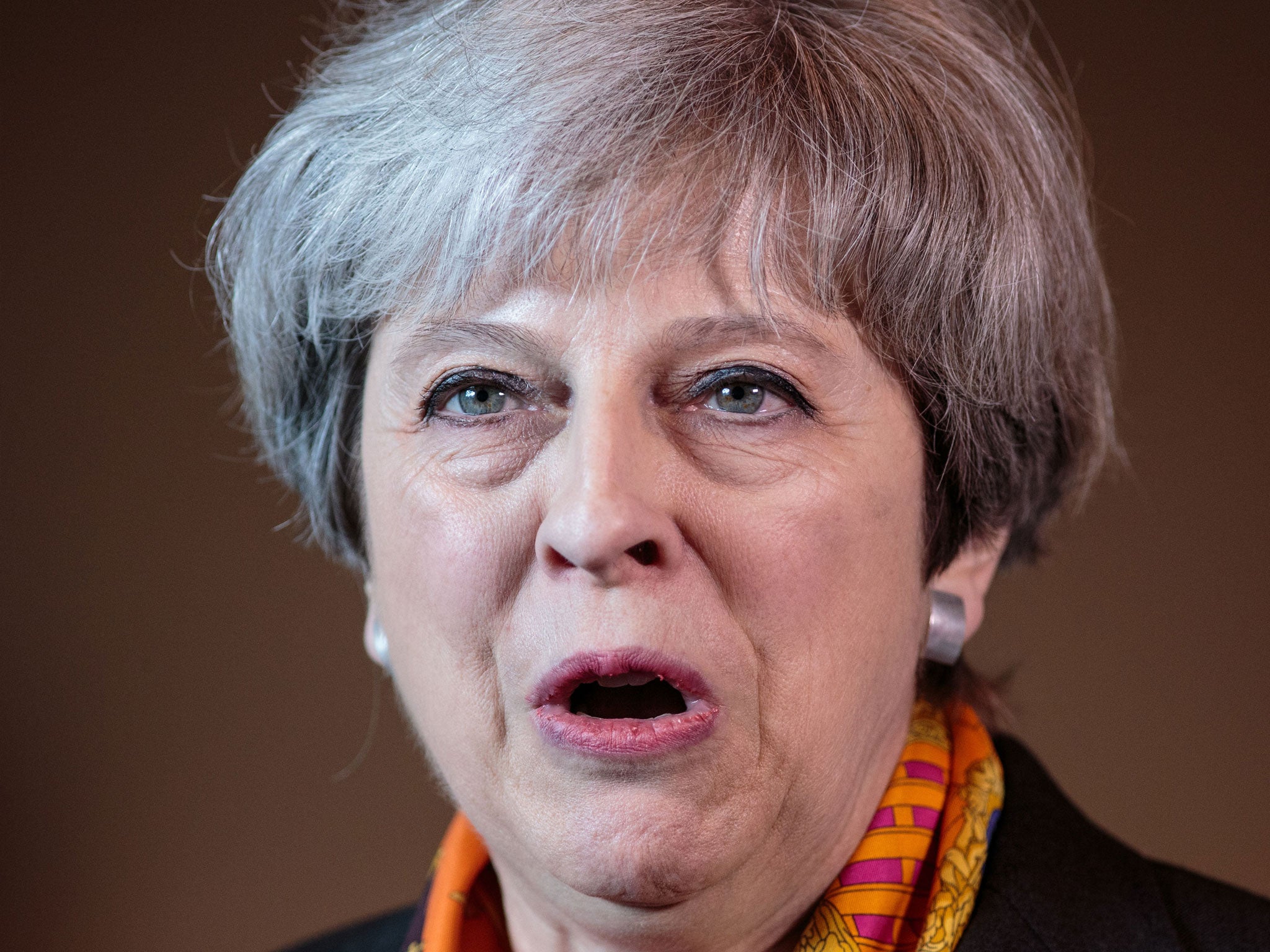Don't be fooled by the local election results – the Tories still face an uphill battle in their bid to crush Labour
While these results give little reason to anticipate a Labour victory in June, what remains in doubt is just how big a majority the Conservatives might yet secure


Good, but perhaps not quite as good as the party would like. That seems to be the message for the Tories that emerged from the local ballot boxes yesterday.
True, at 38 per cent the BBC’s projection of the English county council results into a national share of the vote was the best tally for the Conservatives since Gordon Brown occupied 10 Downing St. It was enough to put the party as much as 11 points ahead of Labour, whose performance was worse than anything recorded during Ed Miliband’s tenure as leader.
However, this 11-point lead was rather less than the 17-point lead currently to be found on average in the opinion polls. More importantly it is only four points above the lead that David Cameron secured in the 2015 general election.
That performance gave the Tories a majority of just 12, a majority that is now deemed by the Prime Minister to be inadequate. Theresa May wants a landslide, and while an 11-point lead would probably give her a comfortable victory, such an outcome on 8 June might now be deemed something of a disappointment.
In short, while these results give little reason to anticipate a Labour victory in June, what remains in doubt is just how big a majority the Conservatives might yet secure.
Indeed, although a strong advance in the local elections in Scotland gives the party good reason to anticipate making some gains north of the border next month, there was little sign of the strong Tory advance in Wales that one recent poll seemed to identify. Meanwhile, despite signal successes for the party in the West Midlands and Tees Valley mayoral races, elsewhere the party struggled to replicate its 2015 performance, let alone improve on it.
But of course voters do not necessarily vote in the same way in local elections as they would in a general election. That is especially the case when it comes to the Liberal Democrats. The party regularly outperforms its current opinion poll rating in local elections, and true to form it secured a projected 18 per cent share of the vote, well above its current poll rating of 10-11 per cent.
However, this performance represents only a modest four-point improvement on the party’s vote when the county councils were last fought over in 2013, and still falls short of the levels of local election support that the party regularly enjoyed before 2010.
As it hoped, the party did advance more strongly in places where Remain did well in the EU referendum, many of them places with a relatively large university educated population. The increase in the party’s vote was typically three points higher in such places than elsewhere. Even so, the party’s Remoaner dividend still seems to have been a relatively limited one. Meanwhile, the increase in Conservative support meant that the party struggled to convert its increased support into extra council seats. The party still has plenty to do if it is to achieve a significant increase in its parliamentary ranks on 8 June.
John Curtice is professor of politics at Strathclyde University


Join our commenting forum
Join thought-provoking conversations, follow other Independent readers and see their replies